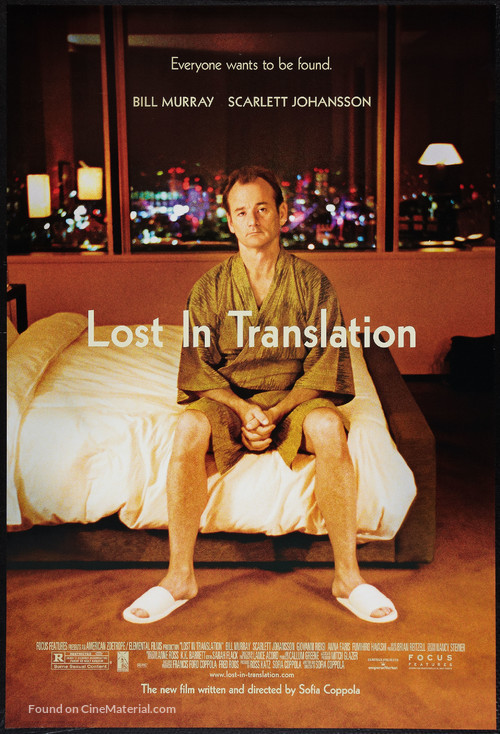


Food functions to not only satiate people’s hunger it has also become an integral aspect of life enjoyment, which represents an essential component of food anthropology. Chinese foods have not only exquisite craftsmanship and rich nutrition, but also elegant and graceful names, which are literary and romantic, poetic and fancy. It makes food culture a comprehensive art containing multiple cultural connotations of diet, diet mentality, beautiful utensils and etiquette, food enjoyment and eating. Triggering art inspiration is the inevitable result of Chinese food culture pursuing complete and beautiful color, fragrance, taste, shape, and utensils. The beauty of food is one of the important roots of Chinese aesthetics, which inspires people with the stimulation of eating. Chinese cooking is flexible, which is characterized by saying that there is no fixed taste and what is delicious is valued.

Because of the attention to diet, Chinese people would, when they had leisure time or abundant raw materials, work out a variety of food. As such, in the Chinese culture food became the priority. Long ago, Confucius said that the desire for food and sex is part of human nature. Eating was a top priority for people in China. Neither the change of dynasty nor the change of social system has had a profound influence on it, and the philosophy of supplying enough food to people and food being the top priority was very popular. The Chinese food culture has the characteristics of inheritability and development, and throughout the history of Chinese food culture, it has maintained its momentum of development since its primitive society. It is now a word to generally describe full-length albums released for free, which is the modern form of mixtape that was made a popular following by 50 Cent and his group G-Unit in the early 2000s, sometimes containing all original music, other times composed of freestyles and remixes of popular tracks.Food is an important aspect of social culture and has a close relationship with economic development. In the hip hop scene, mix tape is often displayed as a single term mixtape.

Also since the 1990s, it describes releases used to promote one or more new artists, or as a pre-release by more established artists to promote upcoming "official" albums. Blend tapes became increasingly popular by the mid-1990s, and fans increasingly looked for exclusive tracks and freestyles on the tapes. Ron G moved the mixtape forward in the early 1990s by blending R&B a cappellas with hip hop beats (known as "blends"). In the mid-1980s, DJs, such as Brucie B, began recording their live music and selling their own mixtapes, which was soon followed by other DJs such as Kid Capri and Doo Wop. (who later became known as Whiz Kid) and DJ Super V would create personalized House Tapes which would eventually circulate throughout New York City. In the late 70's into the early 80's DJs began recording mixtapes out of their homes, referring to them as House Tapes. As more tapes became available, they began to be collected and traded by fans. Hip hop mixtapes first appeared in the mid-1970s in New York City, featuring artists such as Kool Herc and Afrika Bambaataa. In hip hop's earliest days, the music only existed in live form, and the music was spread via tapes of parties and shows.


 0 kommentar(er)
0 kommentar(er)
